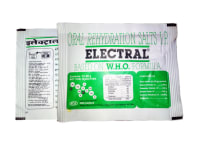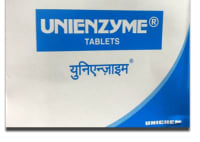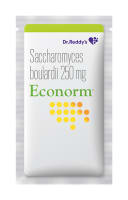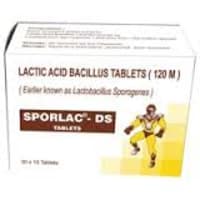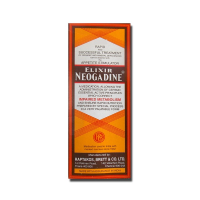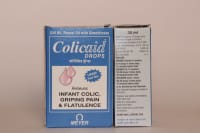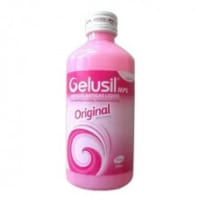USED FOR:
Constipation
Dry eye disease
Intestine preparation before any surgery
COMPOSITION:
Polyethylene Glycol (0.4% w/v)
Propylene Glycol (0.3% w/v)
Therapeutic Uses:
gastro intestinal

No interaction found

WEIGH RISKS VS BENEFITS
Foug Eye Drop may be unsafe to use during pregnancy.Animal studies have shown adverse effects on the foetus, however, there are limited human studies. The benefits from use in pregnant women may be acceptable despite the risk. Please consult your doctor.

No information is available on the use of Foug Eye Drop during lactation. Please consult your doctor.

It is not known whether Foug Eye Drop alters the ability to drive. Do not drive if you experience any symptoms that affect your ability to concentrate and react.

Foug Eye Drop is probably safe to use in patients with kidney disease. Limited data available suggests that dose adjustment of Foug Eye Drop may not be needed in these patients. Please consult your doctor.

Foug Eye Drop is probably safe to use in patients with liver disease. Limited data available suggests that dose adjustment of Foug Eye Drop may not be needed in these patients. Please consult your doctor.
Uses of Polyethylene Glycol
Polyethylene Glycol is used in the treatment of constipation and intestine preparation before any surgery.
How to use Polyethylene Glycol
This medicine is for external use only.Take it in the dose and duration as advised by your doctor. Check the label for directions before use. Hold the dropper close to the eye/ear without touching it. Gently squeeze the dropper and place the medicine inside the lower eyelid or ear. Wipe off extra liquid.
How Foug Eye Drop works
Polyethylene Glycol belongs to a class of drugs called osmotic laxative. It acts by softening the stool and increasing the frequency of bowel movements by retaining water in the stool.
Common Dehydration, Urticaria, Abdominal cramp, Nausea, Diarrhoea, Abdominal bloating.
Expert advice for Polyethylene Glycol
Avoid taking a Polyethylene Glycol for more than 1 week, unless prescribed by the doctor, as it leads to dependency on the laxative action to produce a bowel movement. Together with Polyethylene Glycol, fiber rich diet containing whole grain bread and cereals, bran, fruits and green leafy vegetables, is essential to maintain healthy bowel function. A Polyethylene Glycol should preferably be taken at bedtime because it requires 6 to 8 hours to show impact. Notify your doctor if you are on a low-sugar diet because the Polyethylene Glycol contains sugars. Take Polyethylene Glycol after 2 hours from other medicines, as it may interfere with the absorption of other medicines.
Q. Is polyethylene glycol safe?
Polyethylene glycol is safe if used at prescribed doses for the prescribed duration as advised by your doctor
Q. Is polyethylene glycol the same as Miralax?
Yes. Miralax is the brand name of polyethylene glycol.
Uses of Propylene Glycol
Propylene Glycol is used in the treatment of dry eye disease.
How to use Propylene Glycol
This medicine is for external use only.Take it in the dose and duration as advised by your doctor. Check the label for directions before use. Hold the dropper close to the eye/ear without touching it. Gently squeeze the dropper and place the medicine inside the lower eyelid or ear. Wipe off extra liquid.
How Foug Eye Drop works
NA.
Expert advice for Propylene Glycol
Your doctor has prescribed Propylene Glycol to treat dry eye disease. It stabilizes the natural tear film and maintains necessary lubrication so your eyes don’t get dry and irritated. May require long-term use. Apply pressure on the corner of the eye (close to the nose) for about 1 minute immediately after instilling the drop. Wait for at least 5-10 minutes before delivering the next medication in the same eye to avoid dilution. Stinging sensation may occur for 1-2 mins. Notify your doctor if it persists for longer. Make sure to use within 4 weeks of opening the bottle.


 Foug Eye Drop
Foug Eye Drop  Bookmark
Bookmark
